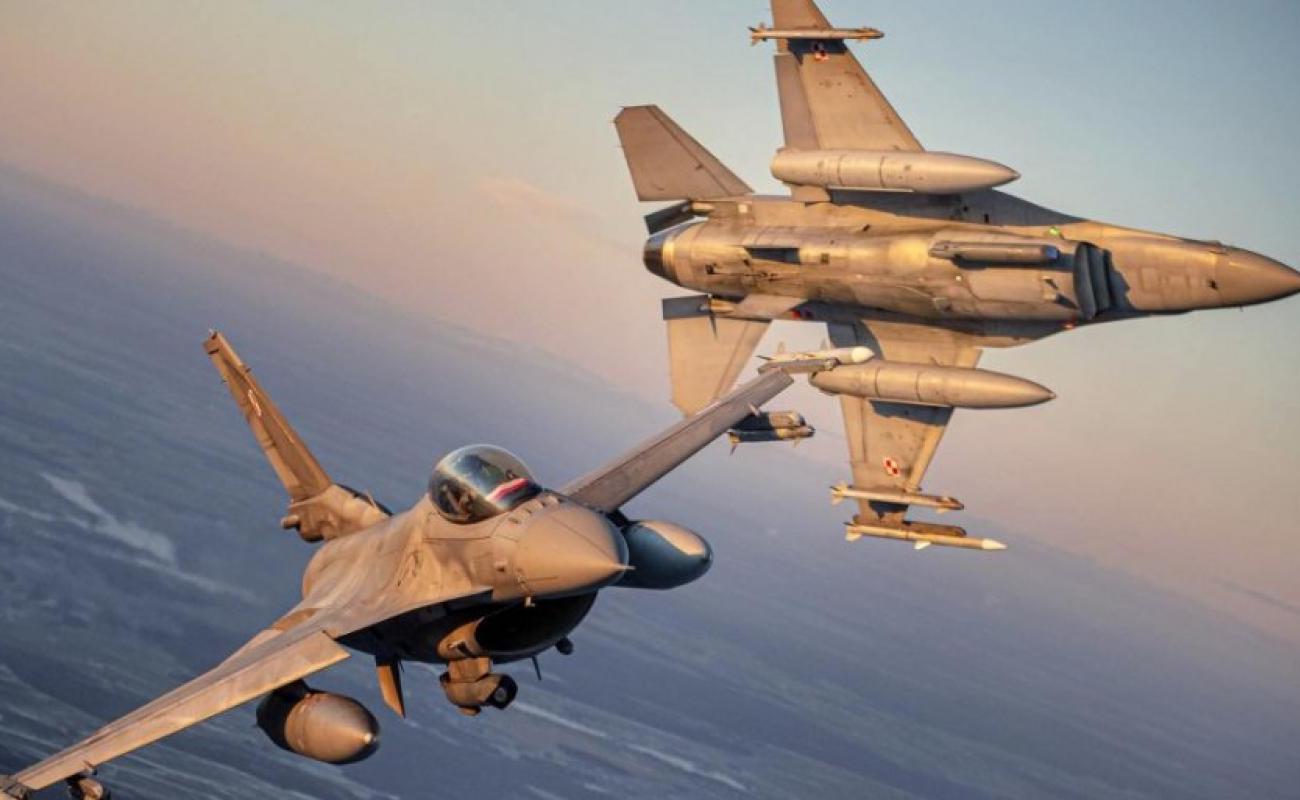Arsenal are not exhausted. How many of their supplies did the NATO countries transfer to Ukraine?

In the West, they say they have almost exhausted their stockpile of weapons to help the Ukrainians. The EP analysis shows that this is not quite the case.
"Now we can see the end of supplies. We are handing over weapon systems to Ukraine, which is very good, and ammunition, but not from the full arsenal," said the head of the NATO Military Committee, Admiral Rob Bauer, in October.
At that time, the value of the military aid that the partner countries gave or promised to give to Ukraine was approaching the value of 100 billion dollars.
In addition to air defense systems, tanks and other critically necessary heavy weapons, this quantity includes defense systems, electronic warfare systems, missiles and many less visible but no less necessary assets.
The last Rubicon crossed in the supply of heavy weapons to Ukraine was the decision by Denmark, the Netherlands and Norway to supply F-16 multirole fighters. At the same time, negotiations on new arms supplies are becoming increasingly difficult, not least because of the depleted stockpile claims Bauer mentioned.
Not everyone in the European Union seems to agree with this. On January 16, German Chancellor Olaf Scholz asked the countries of the bloc to conduct an audit of the weapons delivered to Ukraine and called the amount of deliveries that most countries plan to deliver during 2024 insufficient. Official Brussels also believes that some countries can provide Ukrainians with more weapons.
The EP analyzed the data of the Ukraine Support Tracker project of the Kiel Institute for the World Economy to check what is happening with the stockpiles of heavy weapons in the partner countries.
How much heavy weapons were transferred to Ukraine
The Kiel Institute collected data on stocks of tanks, howitzers and rocket launchers, part of which NATO and EU countries can send to Ukraine.
This sample does not include aircraft: Ukraine has received about 80 Soviet Sus and MiGs, and will soon receive dozens of American F-16 multirole fighters. Transferred air defense/anti-missile complexes and missiles on them are also not taken into account.
At the beginning of 2022, there were more than 15,000 tanks, about 7,000 155/152 millimeter howitzers and 1,600 MLRS in the arsenal of NATO and EU countries. Thus, from the beginning of the great war until the end of October 2023, Ukraine received from the Allies 5.2 percent of available tanks, 8.9 percent of howitzers and 5.9 percent of MLRS systems.
Not everything that Ukraine receives from Western partners is taken from the reserves. Some weapons were produced during the war in Ukraine, but it is a small part. Production may take years, and agreements will have to be made with other players in the market, especially with Western countries that contract the production of new weapons to replenish their stockpiles.
In addition, different countries spend reserves in different ways. For example, the Czech Republic transferred almost 60 percent of its arsenal to Ukraine, Norway - about 30 percent (and with the promised weapons, its share will reach 53 percent). By comparison, the US transferred five percent of its arsenal to Ukraine. Therefore, the partner countries still have a margin of safety, but not all to the same extent.
The most loyal partners
The value of aid to Ukraine for different countries is also different if you compare the proportion of military aid provided to the size of the partner country.
In this case, the Baltic countries can be called the most loyal partners. Although they are among the smallest members of the EU and NATO in terms of the size of their economies, they support Ukraine the most as a percentage of GDP. The data also show another group of countries - the Scandinavian countries, which, despite the significant size of their economies, are one of the main partners of Ukraine in terms of the amount and share of aid provided.
The Baltic and Scandinavian countries have a common denominator: they are too close to the aggressor country.
Meanwhile, the world's largest economy, the United States, spends less than 0.2 percent of GDP on aid to Ukraine. Although in a physical sense, this is a huge support: after February 24, 2022, the Americans provided military aid in the amount of 44 billion dollars and are the largest donor. However, their potential is far from exhausted.
